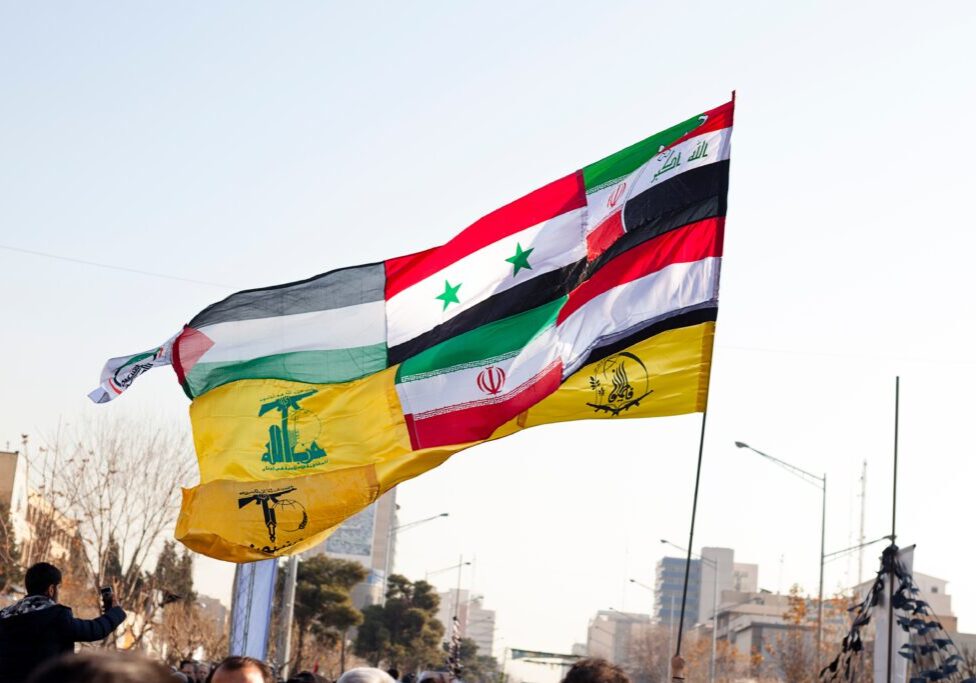Australia/Israel Review
“A country in protest”?
Jul 28, 2020 | Herb Keinon

“A country in protest,” is the logo Israel’s Channel 12 ran at the bottom of its reports on July 15, the night demonstrations took place in Jerusalem and Tel Aviv.
A country in protest – and that, truly, is what it feels like. Movie theatres might be closed, concert halls may be silenced, synagogues might not be permitted to fill their pews to capacity, restaurants may be limited to a bare minimum of diners – but night after night dozens, hundreds, and sometimes thousands of people gather around the country in protest.
On July 15 in Jerusalem, some 2,000 people demonstrated against Prime Minister Binyamin Netanyahu in front of his official residence on Balfour Street, protesting against a situation where a serving prime minister is managing a crisis of unprecedented proportions while simultaneously on trial facing corruption charges.
In Tel Aviv, a few hundred people held a demonstration marking nine years since the last large wave of protests in the country, known as the social justice protests of the summer of 2011.
And in Beitar Illit in the West Bank, hundreds of Haredim (ultra-orthodox) protested the lockdown of their community, demonstrating against what they believe to be a heavy-handed government policy against Haredi communities struck hard by the coronavirus.
And that was just one night.
On July 13, Haredi protests in Jerusalem against the Government’s policies turned violent, and on July 11, some 10,000 people turned out in Tel Aviv to voice pain and frustration at the dire financial straits they, and hundreds of thousands of others, are in. There was violence after that demonstration as well.
There is a tendency to look at 2020’s summer of discontent and compare it with the social justice protests of the summer of 2011. A more apt comparison, however, would be the reservists’ protests that followed the Yom Kippur War in 1973.
Following that war, and the colossal mistakes that led up to it, the country was gripped by a sense that something was off-kilter, not working as it should. A similar sense exists now, as the second wave of coronavirus is battering Israel’s shores. Now, as then, there is a sense that tragedy could have been prevented had the leaders properly done their jobs.
In February of 1974, Motti Ashkenazi, was a recently released reservist captain who had served at an outpost on the Suez Canal, witnessed the colossal lack of preparation and had seen his warnings to his superiors ignored. He began a one-man protest in front of the prime minister’s office calling for the ouster of then Defence Minister Moshe Dayan for his responsibility for the Yom Kippur War fiasco.
Ashkenazi’s one-man protest spread, and soon other reservists who served during the war, as well as ordinary citizens fed up with the government’s handling of the crisis, joined the protests. The fall of Golda Meir’s government in April 1974, just five months after a war-postponed election in December of 1973, has been attributed in part to this movement and the public atmosphere it created.
One thing that characterised that protest movement was that it drew from the mainstream. Protests in Israel in the late 1960s and early 1970s were generally identified with marginal groups outside of the mainstream, trying to change the ingrained status quo. But this protest movement was different. Nobody could argue that it was representing just “angry outsiders”.
And that is also something characteristic of the current wave of protests: the demonstrators cannot be pigeonholed. Jerusalem Police Chief Doron Yedid tried to do just that, dismissing the protests in front of the Prime Minister’s residence as a left-wing demonstration, but he was missing the bigger picture.
True, those shouting in front of Netanyahu’s house for him to resign may be affiliated with left-wing groups and parties who have shouted for his ouster for years, but they are not the only ones whose anger these days is being voiced on the street.
Among those taking to the streets now to protest Netanyahu are not just the “usual suspects” who despise him, think he is a threat to democracy and have been protesting against him for years. No, now you have people out of work who might even have voted for Netanyahu, but feel compelled to vent their anger at the current financial situation.
These people are not protesting Netanyahu the man, as are those in front of his house holding up signs reading “Crime Minister.” Rather, they are protesting the policies of the Government that he leads, which they fear is leading them to financial ruin.
If the anger on the streets today was only coming from the left and the opposition, that would be one thing and Netanyahu could dismiss it. But it’s not. It’s also coming from people in the middle and the right, seculars as well as Haredim.
The organisers of the rally in Tel Aviv on July 11 were wise in not inviting politicians; they wanted to keep their protest apolitical to attract as wide a base as possible.
Ashkenazi’s protest movement 47 years ago succeeded because it united people who felt that the government failed the country in a time of crisis. The current protestors are trying to do the same thing. Netanyahu would dismiss this at his own peril.
Herb Keinon is the diplomatic correspondent at the Jerusalem Post. © Jerusalem Post (www.jpost.com), reprinted by permission, all rights reserved.
Tags: Israel






